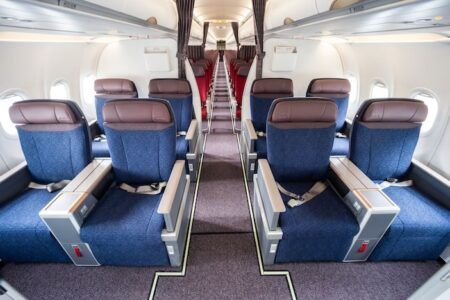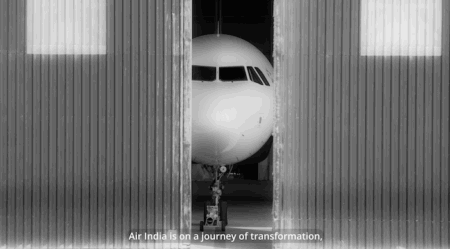Satellite communications company, Viasat, has announced what it says is an industry-first concept for business aviation that “radically changes” how in-flight connectivity (IFC) performance is measured. The concept is aligned with a new report released by the Massachusetts Institute of Technology (MIT) Sloan School in the USA.
The report, titled ‘Redefining In-Flight Connectivity in Business Aviation: What Really Matters to Private Jet Passengers’, observes that IFC performance has traditionally been measured by peak network speeds, but counters that this singular metric does not reflect the capabilities that truly matter to private jet passengers.
Many high net worth individuals may wish to join business meetings without the connection dropping, to major business deals without disruption – or simply watch sports events without buffering. Such reliability is what customers really care about, says Viasat.
Viasat and MIT say the IFC industry must move beyond measuring network speed alone and instead move focus towards Quality of Service (QoS), using broader metrics such as latency, jitter, packet loss and bandwidth. The report advocates that business aviation IFC providers should elevate Quality of Experience (QoE) as their ultimate ‘north star’, translating technical performance into simple measurements that passengers can instantly understand.

“Peak network speeds have been the primary measure of business aviation in-flight connectivity performance for too long. However, a single, holistic QoE score analysing several key metrics provides a more sophisticated measurement – one that looks beyond what the network delivered to whether users accomplished their objectives without friction,” stated Michael Schrage, Research Fellow at MIT Sloan School of Management and the author of the report.
“In business aviation, where even momentary outages can ruin multi-million-dollar deals, the move from engineering metrics to experience outcomes must be navigated at altitude and speed. It’s a fundamental shift that recognises connectivity as mission-critical infrastructure, impacting passenger satisfaction and aircraft utilisation,” added Schrage. “Longer-term, it can evolve with smart AI-driven approaches that predict and optimise outcomes in real-time, not just measure them.”
The full MIT Sloan School of Management report can be downloaded here.
Viasat has reinforced the report’s findings with the launch of a market-first concept for its JetXP inflight broadband service for business aviation. The concept, titled iQe (inflight Quality of Experience), measures the quality of IFC by focusing on the real-time, end-to-end experience of every passenger. iQe leverages AI and advanced analytics to constantly monitor a broad range of network metrics, delivering a single QoE score that instantly shows connectivity performance at a glance.
“It’s clear that the business aviation industry is shifting its focus from peak speed alone to the overall quality of experience. But what is the best way to truly measure that, as outlined in this MIT report?” said Kai Tang, head of business aviation at Viasat.
“Our new iQe application provides the answer. This unique concept delivers direct visibility into JetXP’s connectivity performance for principals, flight crews and other stakeholders, incorporating all relevant network metrics and presenting the findings in a simple and easy-to-understand format, which aligns with MIT’s recommended approach,” added Tang. “It will be available early next year through major app stores, as well as a browser-based version, with secure login credentials to ensure user privacy.”





